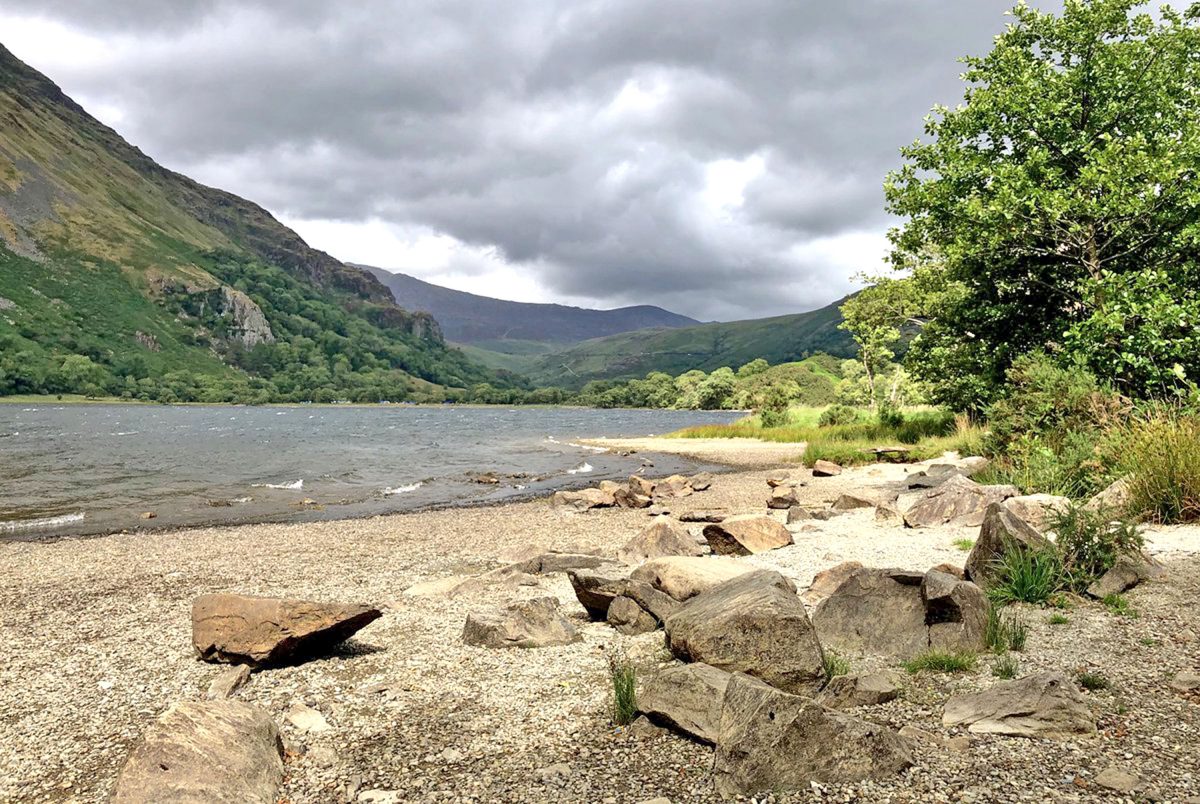Accumulated rainfall totals are an important variable for a range of hydrological applications, including monitoring and forecasting, and long-term planning. A new report has been published which identifies the most appropriate, nationally consistent approach to quantifying return periods of long duration rainfall.
A comparison of the suitability of nine distribution families for estimating the relative rarity of accumulated rainfall periods across the UK provides opportunities to further improve the accuracy of return period estimation in many areas such as the water resource planning and the Hydrological Summary for the UK, and elsewhere.
Whilst distribution families that are commonly applied in extreme value estimation, such as the generalised extreme value, were demonstrated to be suitable in a lot of cases, overall Pearson Type III outperformed all other assessed distributions. Closer inspection of the performance on accumulation periods of 12 months or less provided further support for the suitability of Pearson Type III, as did the strong performance of Pearson Type III across accumulation periods, start months and regions.
Presentation of return level plots for two potentially appropriate distribution families demonstrated the sensitivity of return period estimates to distribution family, and thus the importance of this question. With this in mind, the approaches presented in Eastman et. al. (2021) provide opportunities to further improve the accuracy of return period estimation and uncertainty quantification.
The full report is now available

REF: Eastman, Michael; Parry, Simon; Svensson, Cecilia; Hannaford, Jamie. 2021. A nationally consistent approach to assessing accumulated rainfall rarity. Wallingford, UK Centre for Ecology & Hydrology, 42pp.


